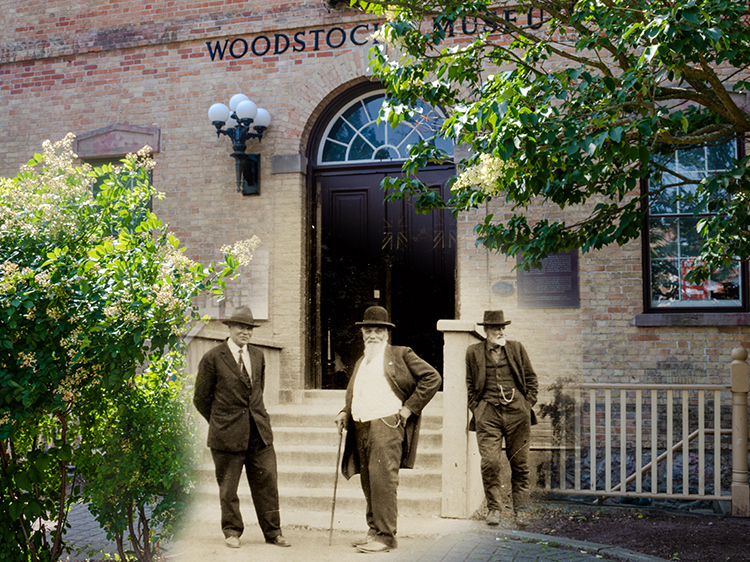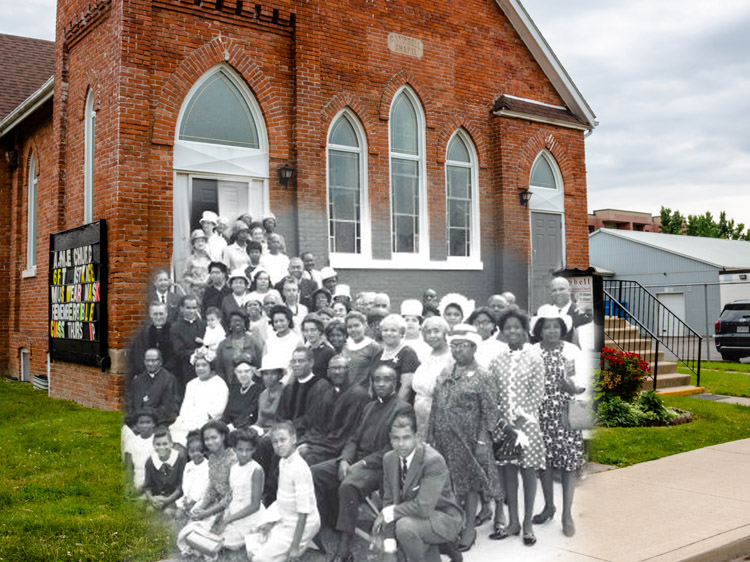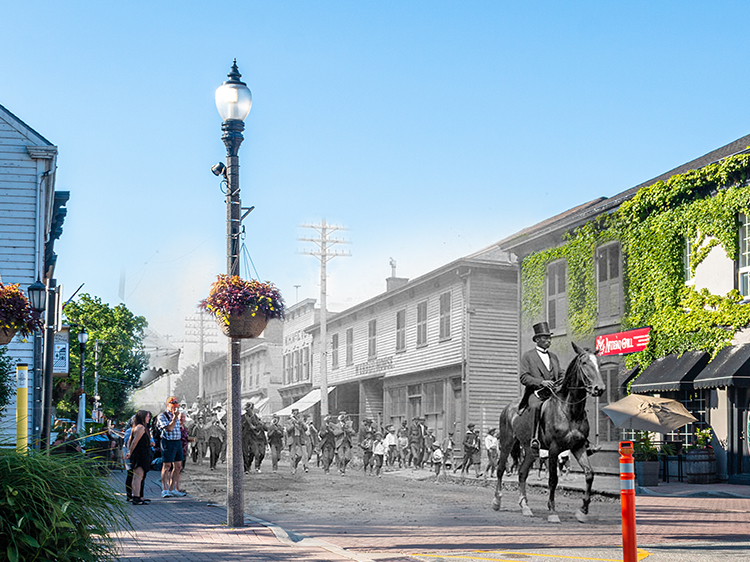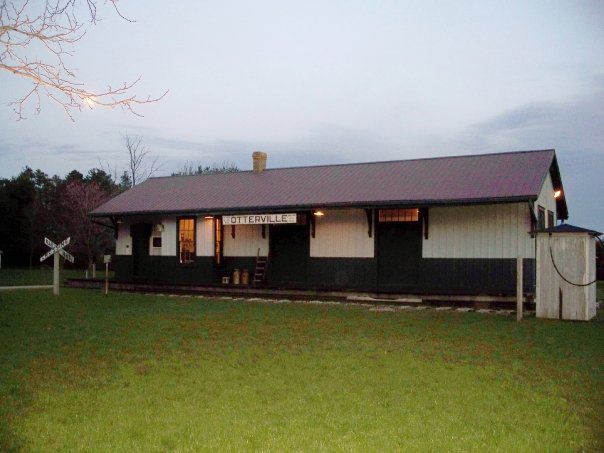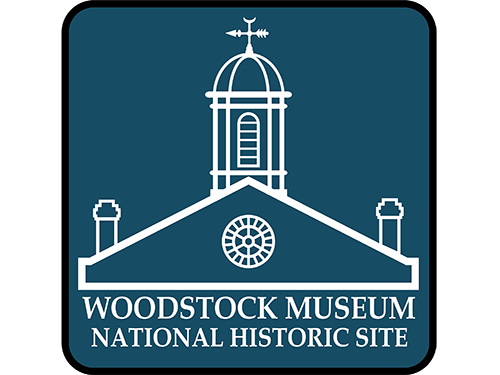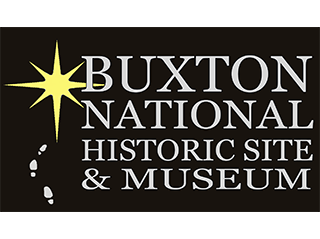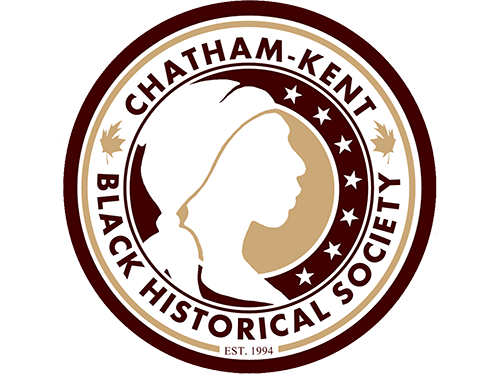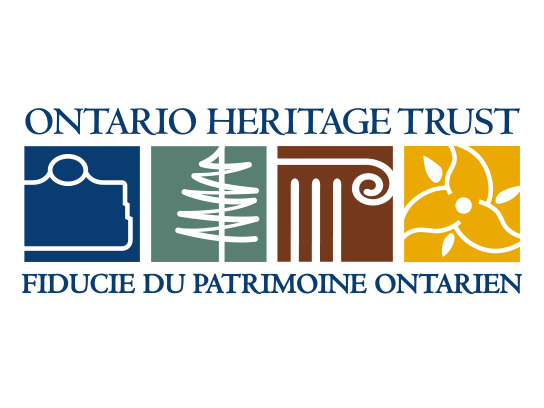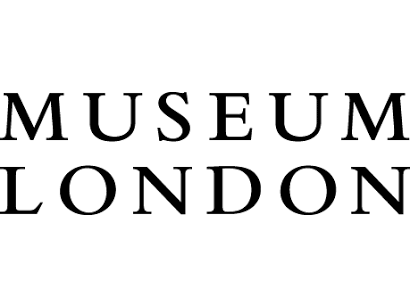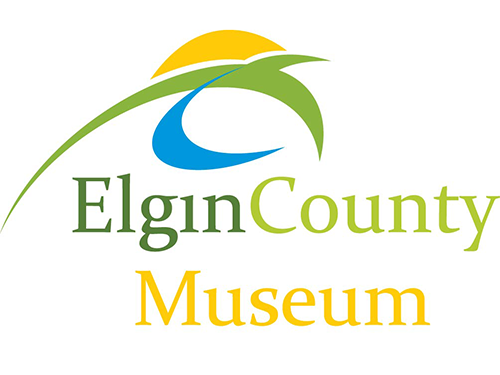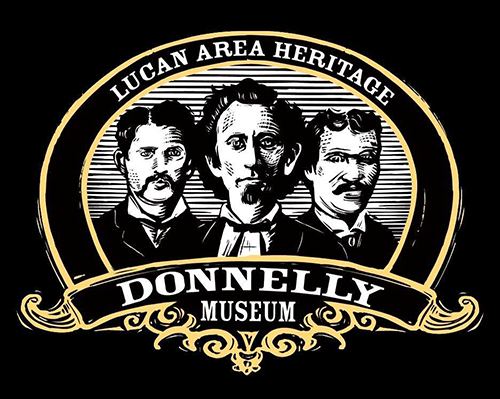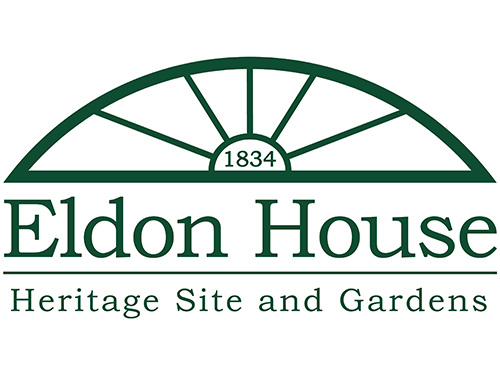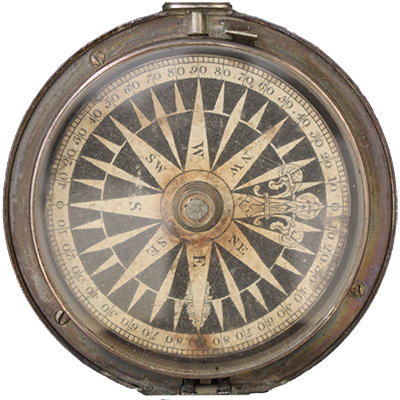 Southwest Ontario's Black History
Southwest Ontario's Black History
By 1860, over 20,000 Blacks could be found in Canada West, most of whom had left the United States in order to escape either slavery or the restrictive life free Blacks were forced to lead even in the northern states in the years before the Civil War. While the free Blacks could emigrate on their own, most of the escaped slaves, known as “fugitives,” arrived in Canada via the Underground Railroad which developed in the 1820s and 1830s. The Underground Railroad was a network of escape routes and sanctuaries manned by abolitionists, Quakers and former slaves, who provided food, lodging, directions and transportation. In some cases, fugitive slaves traveled as much as 1000 miles with little more than a compass and a loaf of bread.
In strictly legal terms, Canada West was a haven for Blacks, slave and free. As early as 1793, the importation of slaves into the province was prohibited and, in 1834, slavery itself was declared illegal throughout much of the British Empire. However, prejudice and racist attitudes were commonplace wherever Blacks settled, particularly after 1850, when the escaped slave population dramatically increased following the passing of the American Fugitive Slave Act. The Act allowed slave hunters to come into the northern states and retrieve runaways still considered property under the law. The Act also required state and local authorities to assist in the return of escaped slaves.
While the Black population of Canada West greatly increased after 1850, there were already several Black settlements in southwestern Ontario, some of which had been specifically established to provide a home for escaped slaves. While many were short-lived, during the time that they flourished the Black settlements were proof that former slaves could build successful lives for themselves, refuting claims to the contrary.


